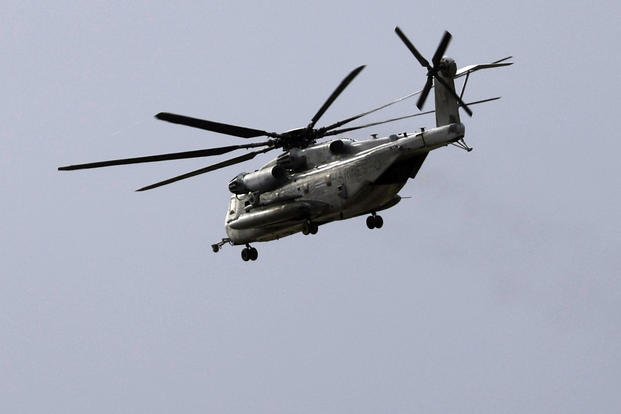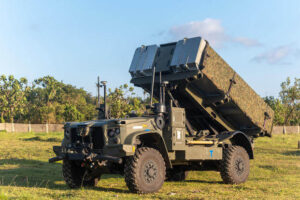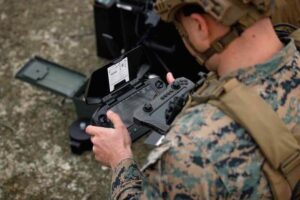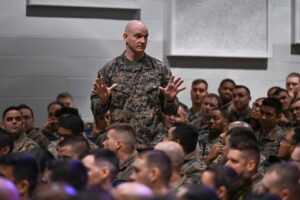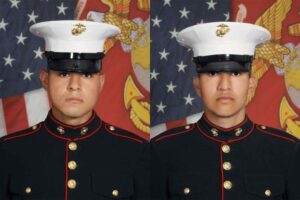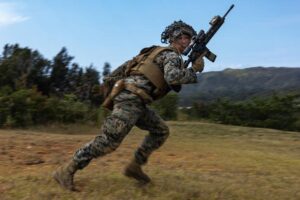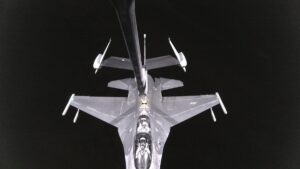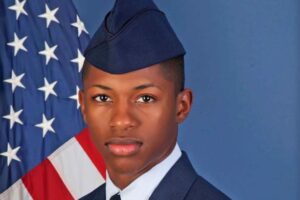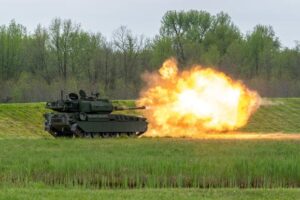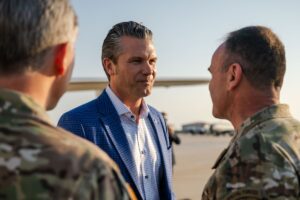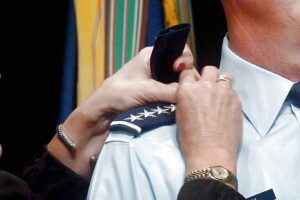In a tragic incident last year, a Marine Corps helicopter crash claimed the lives of five service members. A recent investigation reveals that pilot error was the primary cause, while the challenging flying conditions and equipment limitations also played significant roles. The crash occurred on February 6, 2024, when the CH-53 Super Stallion hit a mountain near Pine Valley, California, during a nighttime flight back to Marine Corps Air Station Miramar.
The investigation, accessed by The Associated Press, highlighted several contributing factors. Notably, like many military aviation incidents, the absence of a crash-resistant flight data recorder in the CH-53 left investigators to rely on assumptions. This crash is reminiscent of a previous incident involving an Army Black Hawk helicopter, where the use of night vision goggles was also questioned.
Night vision goggles, which were in use during this flight, are known to have limitations. Their performance can be significantly affected by weather conditions and ambient light, complicating distance judgment. On the night of the crash, the helicopter flew through icing conditions and low cloud cover, which likely impaired the crew’s visibility and judgment, contributing to the crash.
Despite these conditions, the pilot and crew chief reportedly believed they were flying within legal and comfort boundaries. However, the investigation indicates that the pilot’s inability to navigate safely was the leading cause. Criticism was also directed at the commanding officer, who was dismissed due to a lack of confidence, for authorizing the flight under such circumstances.
The helicopter disappeared during the night, only to be found the following morning near Pine Valley. The crash resulted in the deaths of all five Marines onboard: Lance Cpl. Donovan Davis, 21, Sgt. Alec Langen, 23, Capt. Miguel Nava, 28, Capt. Jack Casey, 26, and Capt. Benjamin Moulton, 27.
The report includes testimonies from squadron members, highlighting the strain on crews due to additional missions. This was necessary to compensate for the extended grounding of the V-22 Osprey fleet the previous year, further stressing the unit’s resources and personnel.

